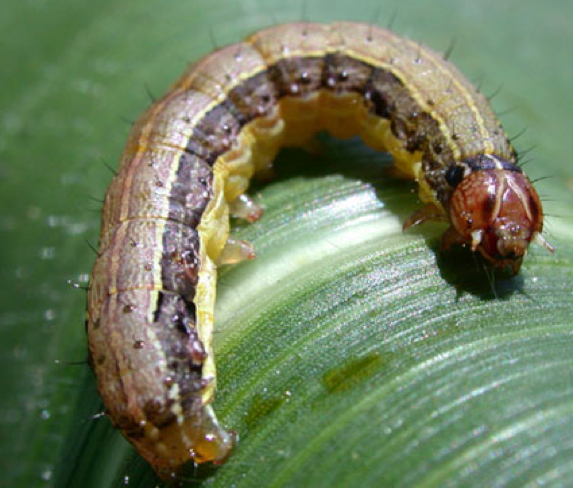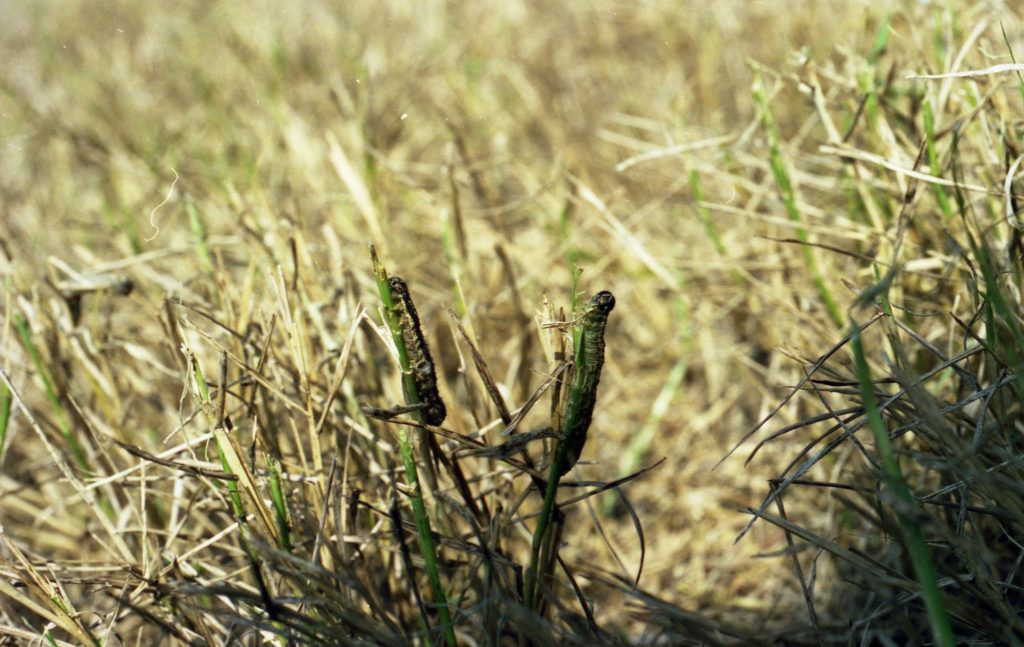Fall Armyworm Damage to North Carolina Pastures
go.ncsu.edu/readext?618755
en Español / em Português
El inglés es el idioma de control de esta página. En la medida en que haya algún conflicto entre la traducción al inglés y la traducción, el inglés prevalece.
Al hacer clic en el enlace de traducción se activa un servicio de traducción gratuito para convertir la página al español. Al igual que con cualquier traducción por Internet, la conversión no es sensible al contexto y puede que no traduzca el texto en su significado original. NC State Extension no garantiza la exactitud del texto traducido. Por favor, tenga en cuenta que algunas aplicaciones y/o servicios pueden no funcionar como se espera cuando se traducen.
Português
Inglês é o idioma de controle desta página. Na medida que haja algum conflito entre o texto original em Inglês e a tradução, o Inglês prevalece.
Ao clicar no link de tradução, um serviço gratuito de tradução será ativado para converter a página para o Português. Como em qualquer tradução pela internet, a conversão não é sensivel ao contexto e pode não ocorrer a tradução para o significado orginal. O serviço de Extensão da Carolina do Norte (NC State Extension) não garante a exatidão do texto traduzido. Por favor, observe que algumas funções ou serviços podem não funcionar como esperado após a tradução.
English
English is the controlling language of this page. To the extent there is any conflict between the English text and the translation, English controls.
Clicking on the translation link activates a free translation service to convert the page to Spanish. As with any Internet translation, the conversion is not context-sensitive and may not translate the text to its original meaning. NC State Extension does not guarantee the accuracy of the translated text. Please note that some applications and/or services may not function as expected when translated.
Collapse ▲
The fall armyworm is a chronic pest in the Southeast and can cause severe damage to grass and forage crops alike. The caterpillars feed on variety of turf and forage species including: bermudagrass, tall fescue, alfalfa, corn, and sorghum sudan grass. Damage varies in appearance and severity according to the type of forage and management practices.
Even though feeding usually occurs for a week or more before being noticed, fall armyworm damage is said to appear “overnight” due to the light appetite of small early instars. It is not until later instars that the caterpillars begin consuming large amounts of forage. The grass rapidly thins out and brown spots develop, resembling drought damage.
An easily detectable sign of armyworms is the presence of birds, especially crows, in your fields. Closely examine the areas where most of the birds are congregating. Also, check in areas where grass is brown or patchy.

Scouting pastures can help detect fall armyworms before they cause economic damage. The economic threshold for Fall Armyworms is 3 or more per sq. ft. If infestations higher than 3 are found it is recommended to treat with insecticides.
Additional information on Armyworm control in the landscape can be found at NC State Extension TurfFiles.


